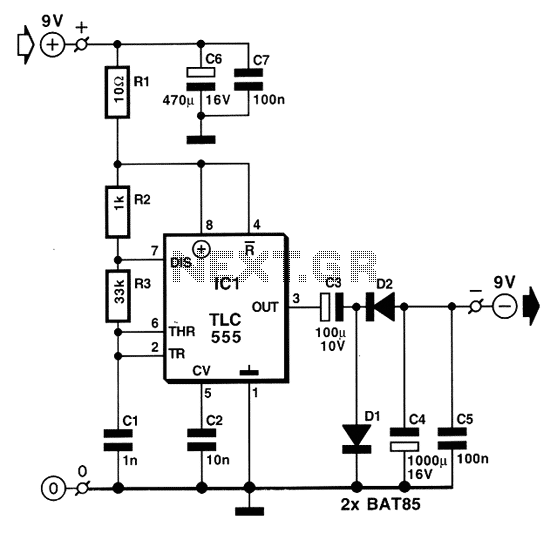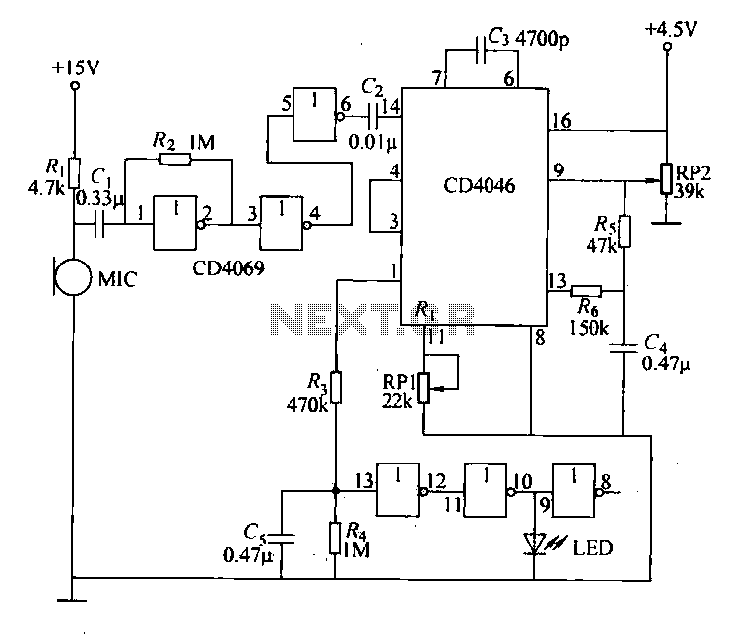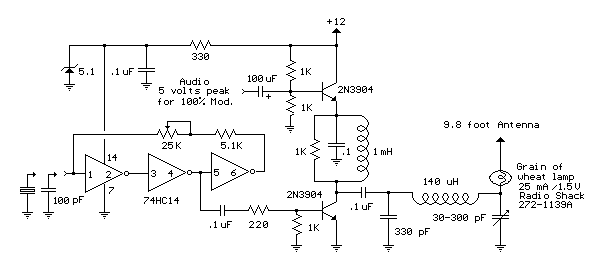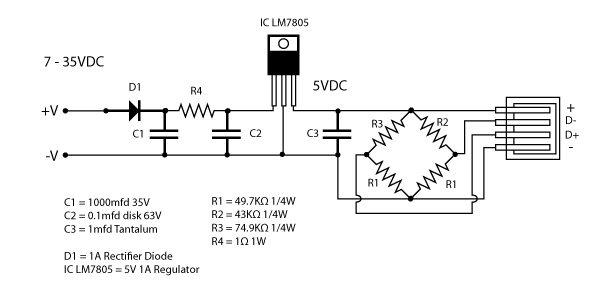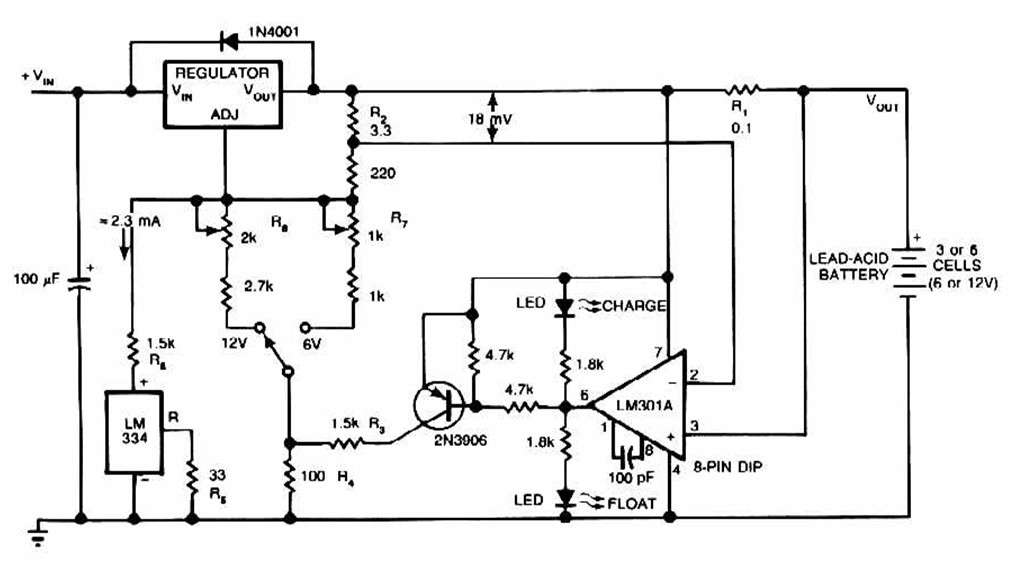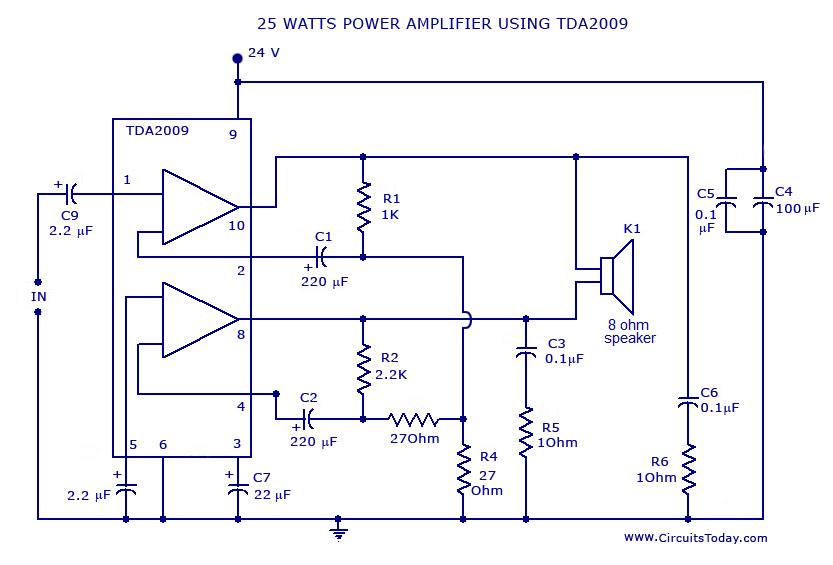
Schematic of Philip Hoylands Beam Ray Laboratory Rife Machine
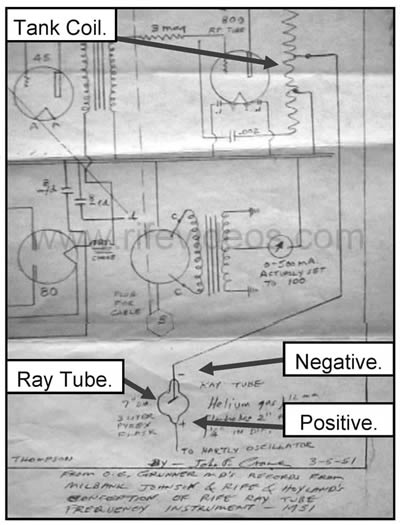
Chapter on the Gruner Schematic of Philip Hoyland's Beam Ray Laboratory Rife Machine. There is another feature that the Beam Ray Laboratory Rife Machine had.
The Gruner Schematic represents a key component of Philip Hoyland's Beam Ray Laboratory Rife Machine, which is designed for the application of electromagnetic frequencies in therapeutic settings. The Rife Machine operates on the principle that specific frequencies can target and eliminate pathogens, thereby promoting healing and wellness.
The schematic typically includes various electronic components, such as oscillators, amplifiers, and filters, which work together to generate the desired frequency outputs. The oscillator is crucial as it produces the base frequency that can be modulated to match the resonant frequency of specific pathogens. Amplifiers are employed to boost the signal strength, ensuring that the frequencies can effectively penetrate biological tissues.
Additionally, the design may incorporate a tuning mechanism, allowing the operator to adjust the output frequency precisely. This tuning capability is essential for tailoring the treatment to individual patient needs and the specific conditions being addressed.
Power supply circuits are also integral to the schematic, providing the necessary voltage and current to the various components. Safety features, such as fuses and circuit protection, are typically included to prevent damage to the device and ensure user safety.
Overall, the Gruner Schematic serves as a foundational blueprint for the construction and operation of the Beam Ray Laboratory Rife Machine, emphasizing the integration of electronic components to achieve therapeutic outcomes through frequency application.Chapter The Gruner Schematic of Philip Hoyland`s Beam Ray Laboratory Rife Machine, There is another feature that the Beam Ray Laboratory Rife Machine had.. 🔗 External reference
The Gruner Schematic represents a key component of Philip Hoyland's Beam Ray Laboratory Rife Machine, which is designed for the application of electromagnetic frequencies in therapeutic settings. The Rife Machine operates on the principle that specific frequencies can target and eliminate pathogens, thereby promoting healing and wellness.
The schematic typically includes various electronic components, such as oscillators, amplifiers, and filters, which work together to generate the desired frequency outputs. The oscillator is crucial as it produces the base frequency that can be modulated to match the resonant frequency of specific pathogens. Amplifiers are employed to boost the signal strength, ensuring that the frequencies can effectively penetrate biological tissues.
Additionally, the design may incorporate a tuning mechanism, allowing the operator to adjust the output frequency precisely. This tuning capability is essential for tailoring the treatment to individual patient needs and the specific conditions being addressed.
Power supply circuits are also integral to the schematic, providing the necessary voltage and current to the various components. Safety features, such as fuses and circuit protection, are typically included to prevent damage to the device and ensure user safety.
Overall, the Gruner Schematic serves as a foundational blueprint for the construction and operation of the Beam Ray Laboratory Rife Machine, emphasizing the integration of electronic components to achieve therapeutic outcomes through frequency application.Chapter The Gruner Schematic of Philip Hoyland`s Beam Ray Laboratory Rife Machine, There is another feature that the Beam Ray Laboratory Rife Machine had.. 🔗 External reference
